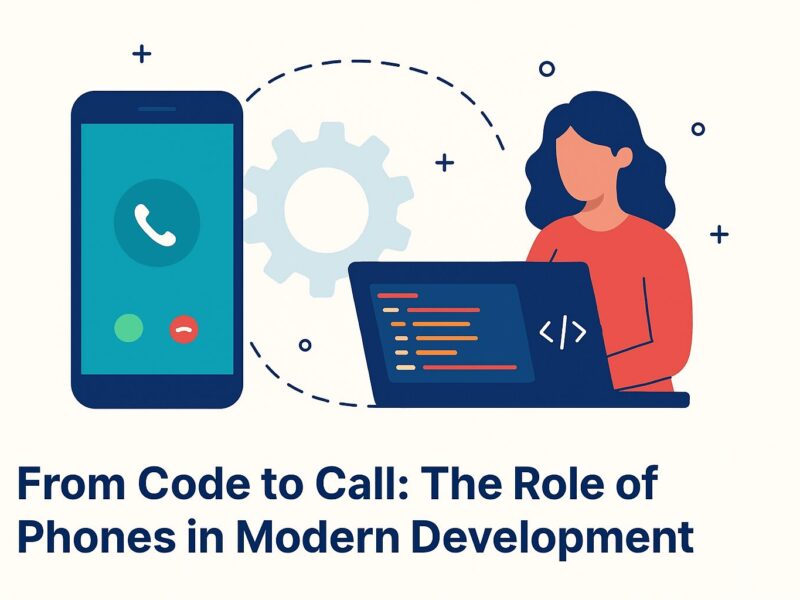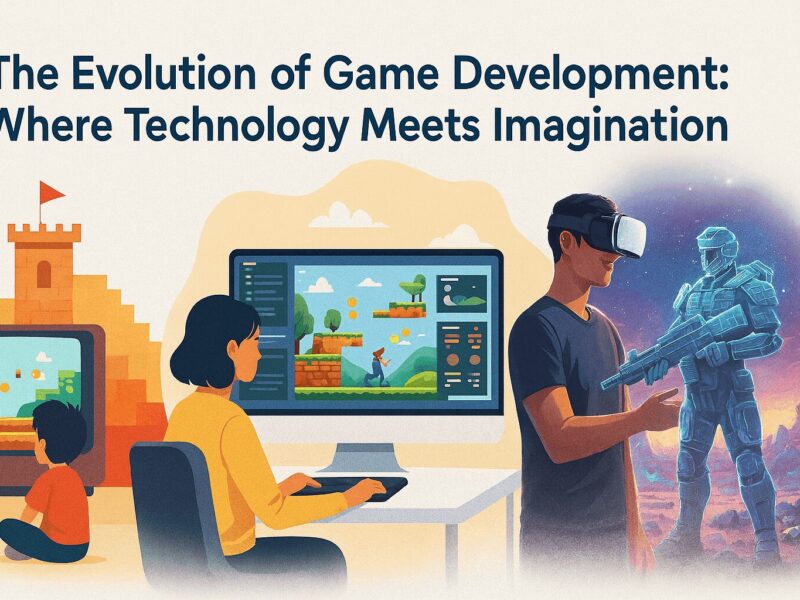Game development has always been a fascinating blend of art and engineering. On one side, developers wrestle with lines of code, algorithms, and performance optimization. On the other, they sculpt worlds, characters, and emotions that players will inhabit and remember. The Unity Engine stands at the intersection of these two domains, offering a platform where technical precision meets artistic imagination.
Unlike earlier eras of game creation, where developers often had to choose between focusing on visuals or mechanics, Unity provides a unified environment. It empowers small indie teams to craft experiences that rival AAA productions, while also giving large studios the flexibility to experiment with new ideas. This balance between accessibility and power is what makes Unity more than just a tool — it’s a creative partner.
To understand why Unity has become so central, consider the following aspects that make it unique:
- Accessibility: Easy to learn for beginners, yet powerful enough for professionals.
- Cross‑platform reach: Games can be deployed on PC, consoles, mobile, and VR/AR.
- Community support: A vast ecosystem of tutorials, assets, and forums.
- Creative freedom: Artists and coders collaborate seamlessly within the same environment.
Studios Leading the Way
The true measure of Unity’s impact lies not only in its features but in the studios that harness it to push boundaries. Across the globe, teams are using Unity to redefine what interactive experiences can be. Some focus on hyper‑realistic visuals, others on stylized art, and many on innovative gameplay mechanics. Together, they showcase the engine’s versatility and its ability to adapt to different creative visions.
In fact, the growing ecosystem of Unity developers has become a benchmark for innovation in the industry. A closer look at the leaders shaping this space reveals how Unity is enabling both established companies and emerging talents to thrive. For those interested in exploring this landscape further, here is a resource that highlights the most influential studios working with Unity today: https://medium.com/@thegamedevobserver/top-unity-game-development-studios-2026-leaders-and-innovators-99454d069a34.
This connection between the engine and its community demonstrates how Unity is not just software — it’s a movement. By lowering barriers to entry and encouraging experimentation, it has cultivated a generation of creators who see no limits between code and creativity.
Tools That Empower Creativity
Unity’s strength lies in its modularity and adaptability. Developers can start with a simple prototype and gradually expand it into a full‑fledged game without ever leaving the ecosystem. Features like the Asset Store provide ready‑made solutions, while scripting in C# allows for deep customization. Visual tools such as Shader Graph and Timeline give artists direct control over how their worlds look and feel, without requiring them to dive into complex programming.
Equally important is Unity’s cross‑platform capability. A single project can be deployed across PC, consoles, mobile devices, and even VR/AR systems. This flexibility ensures that creative visions are not constrained by hardware limitations. For developers, it means their work can reach audiences wherever they play, while for players, it means consistent experiences across devices.
Unity also integrates seamlessly with emerging technologies. Machine learning, procedural generation, and real‑time collaboration tools are increasingly part of its ecosystem. These features allow developers to experiment with new forms of storytelling, adaptive gameplay, and even player‑driven content.
Here are some of the most impactful tools and features that empower creativity in Unity:
- Shader Graph: Enables artists to design complex visual effects without coding.
- Timeline: Provides cinematic sequencing for cutscenes and storytelling.
- Cinemachine: Offers dynamic camera systems that adapt to gameplay.
- Unity Collaborate & Plastic SCM: Streamlines teamwork across distributed teams.
- XR Interaction Toolkit: Simplifies development for VR and AR experiences.
The Future of Unity and Creative Expression
Looking ahead, Unity’s role in bridging code and creativity will only grow stronger. As games evolve into platforms for social interaction, education, and immersive storytelling, the demand for tools that balance technical depth with creative freedom will intensify. Unity is uniquely positioned to meet this demand.
The next decade will likely see Unity expand further into industries beyond gaming—architecture, film, automotive design, and more. Yet its heart will remain in empowering creators to tell stories that resonate. Whether through a small indie project or a blockbuster release, Unity ensures that the artistry of game design is never overshadowed by technical complexity.
Moreover, Unity is shaping the future of interactive media by encouraging developers to think beyond traditional gameplay loops. We are already seeing projects that blend gaming with social platforms, educational simulations, and even therapeutic applications. This expansion highlights Unity’s adaptability and its potential to influence culture at large.
To summarize the future direction of Unity, consider these emerging trends:
- Integration with AI: Smarter NPCs, adaptive difficulty, and procedural storytelling.
- Expanded AR/VR adoption: More immersive experiences across industries.
- Cloud‑based development: Real‑time collaboration and scalable projects.
- Interactive storytelling: Games that evolve based on player choices and emotions.
- Cross‑disciplinary use: From film production to industrial design, Unity is becoming a universal creative tool.
Ultimately, Unity Engine represents more than a framework for building games. It embodies the philosophy that creativity and technology are not separate forces but complementary ones. By bridging code and creativity, Unity enables developers to transform ideas into experiences that inspire, entertain, and connect people across the world.


